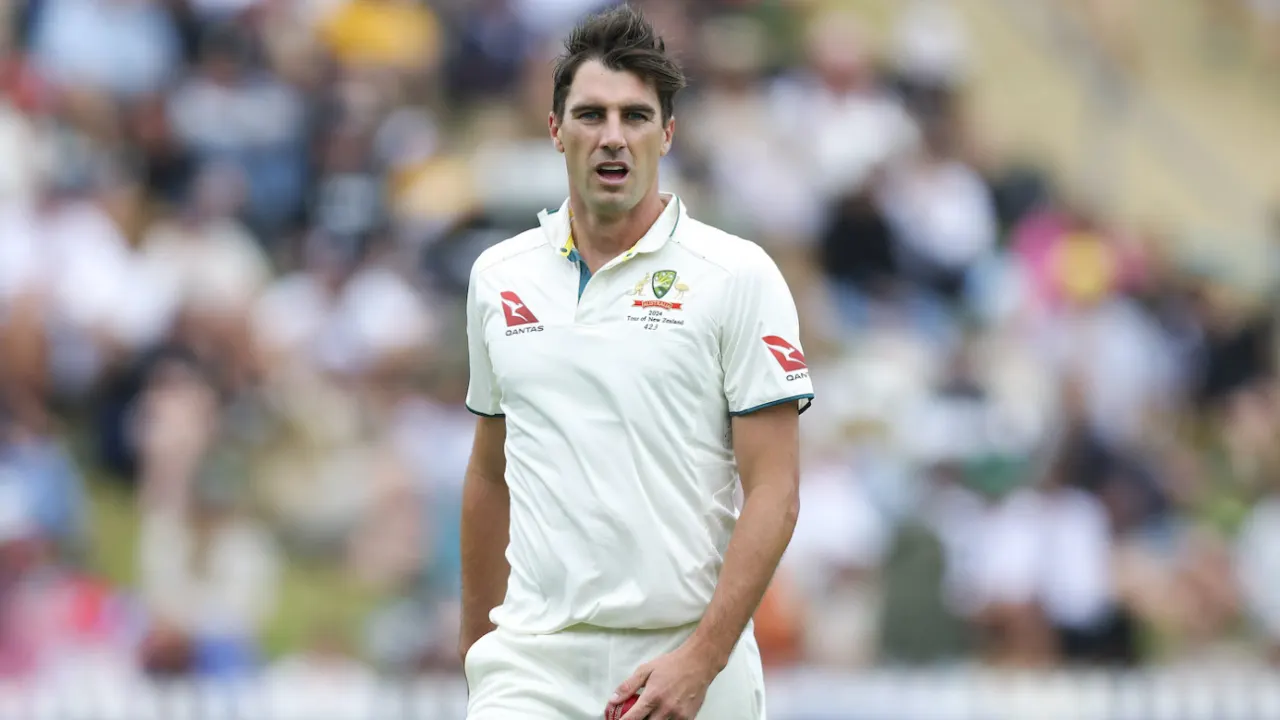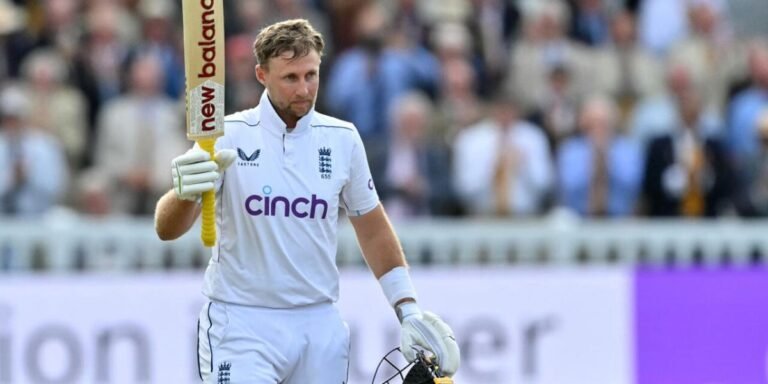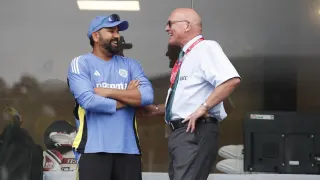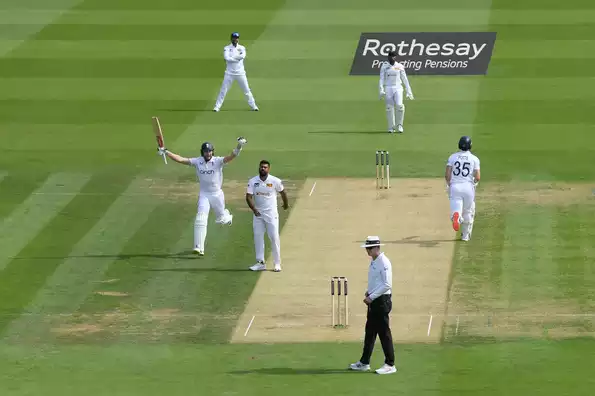Australia’s fast-bowling trio of Pat Cummins, Mitchell Starc, and Josh Hazlewood has been remarkably durable, playing together in the last nine consecutive Test matches, dating back to the Ashes tour.
However, as Australia prepares to face India in a grueling five-match Test series, concerns are mounting about whether this unchanged frontline pace attack can maintain the same level of performance, especially in the absence of key allrounder Cameron Green.
Last summer was exceptional for the Australian seamers, as they benefitted from bowler-friendly conditions both at home and in New Zealand.
None of the seven matches went into a fifth day, and Australia rarely had to bowl more than 78 overs in an innings, helping the fast bowlers stay fresh.
However, the upcoming series against India presents a much tougher challenge. India’s formidable batting lineup is expected to make Australia work hard over the seven-week series, which could test the physical limits of Cummins, Starc, and Hazlewood.
Cameron Green’s injury adds another layer of complexity to Australia’s bowling strategy. Green, sidelined for the entire summer with a stress fracture in his back, was expected to play a larger role with the ball.
His absence leaves a significant gap, especially as Australia’s pace depth has been tested recently. Lance Morris, an exciting but uncapped fast bowler, has suffered a quad strain but is expected to return later in the month.
Meanwhile, Scott Boland and Michael Neser have recovered from off-season niggles. They will be part of Australia A’s upcoming red-ball series against India A. Boland, and Neser will be closely monitored as potential options for the Test series.
Australia’s chair of selectors, George Bailey, acknowledged that last summer’s run with an unchanged pace attack might have been an “outlier.”
He stressed that the selectors are prepared to adjust the bowling lineup if necessary, especially given the increased workload in the absence of Green.
“Potentially, that might have been an outlier, and again this summer we’ll be prepared that if we do need to make some adjustments throughout the summer, we are ready to go,” Bailey said.
Mitchell Marsh is another option to fill the allrounder role left vacant by Green’s injury. However, Marsh’s ability to bowl is still being determined.
He has bowled only four overs since tearing his hamstring during the IPL earlier this year and was primarily used as a batter during his recent appearances in the Sheffield Shield.
If the selectors decide on a like-for-like replacement for Green, players such as Aaron Hardie and Beau Webster could be considered.
Hardie, however, has also been dealing with a quad injury but is expected to return for Western Australia’s next match against Tasmania.
Bailey emphasized that having an allrounder is a “luxury” rather than a necessity for Australia’s Test side.
The Australian quicks have shown in the past that they can manage without an allrounder, but Green’s presence had added valuable balance.
Without him, the workload for Cummins, Starc, and Hazlewood could increase, making it crucial for the team to manage their resources effectively.
Cummins, who has been given a break from bowling by sitting out the white-ball tour of England, is unlikely to play a Sheffield Shield game before the India series.
Instead, he will prepare for the Test matches by leading Australia in their upcoming ODI series against Pakistan.
Meanwhile, Starc and Hazlewood are expected to feature in at least one Shield match ahead of the India tour.
In conclusion, Australia’s fast-bowling attack will face one of its biggest challenges in the upcoming series against India, and the absence of Cameron Green makes their task even more difficult.
The selectors have taken steps to manage workloads and ensure the bowlers are fresh, but the demanding nature of the India series could test their durability.



